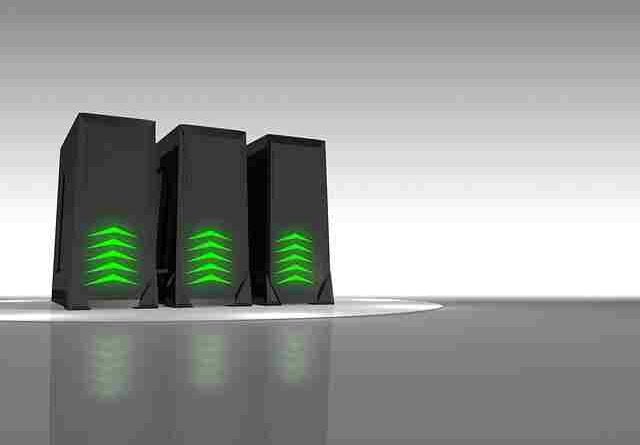Infrastructure Protocols Routing Protocol for Low Power and Lossy
• Routing Protocol for Low Power and Lossy Networks (RPL)
• The IETF Routing Over Low-Power and Lossy Links (ROLL) working group standardized a link-independent routing protocol based on IPv6 for resource-constrained nodes called RPL.
• RPL was created to support minimal routing requirements by building a robust topology over lossy links. This routing protocol supports simple and complex traffic models, such as multipoint-to-point, point-to-multipoint, and point-to-point.
• A Destination-Oriented Directed Acyclic Graph (DODAG) represents the core of RPL, showing a routing diagram of nodes. The DODAG refers to a directed acyclic graph with a single root.
• Each node in the DODAG is aware of its parents, but they have no information about related children. Also, RPL keeps at least one path for each node to the root and a preferred parent to pursue a faster path to increase performance.
• To maintain the routing topology and keep the routing information updated, RPL uses four types of control messages:
1. DODAG Information Object (DIO): Used to keep the current rank (level) of the node, determine the distance of each node to the root based on specific metrics, and choose the preferred parent path.
2. Destination Advertisement Object (DAO): Provides upward traffic as well as downward traffic support using DAO messages by unicasting destination information towards the selected parents.
3. DODAG Information Solicitation (DIS): Used by a node to acquire DIO messages from a reachable adjacent node.
4. DAO Acknowledgment (DAO-ACK): A response to a DAO message sent by a DAO recipient node like a DAO parent or DODAG root.
• A DODAG starts to form when the only root node consists of the DODAG, starts sending its location using DIO messages to all Low-Power Lossy Network (LLN) levels.
• At each level, recipient routers register parent paths and participation paths for each node. They then propagate their DIO messages, and the entire DODAG is gradually built.
• When the DODAG is constructed, the preferred parent obtained by a router serves as a default path toward the root (upward routes).
• The root can also store the destination prefixes obtained by DIOs of other routers in its DIO messages to have upward routes. To support downward routes, routers should emit and propagate DAO messages by unicasting to the root through parents. These messages identify the corresponding node of a route prefix as well as the crossing route.
• RPL routers operate under one of two modes of operation (MOP): Non-Storing or Storing modes. In Non-Storing mode, RPL routes messages move toward lower levels based on IP source routing, whereas in Storing mode, downward routing is based on destination IPv6 addresses.

